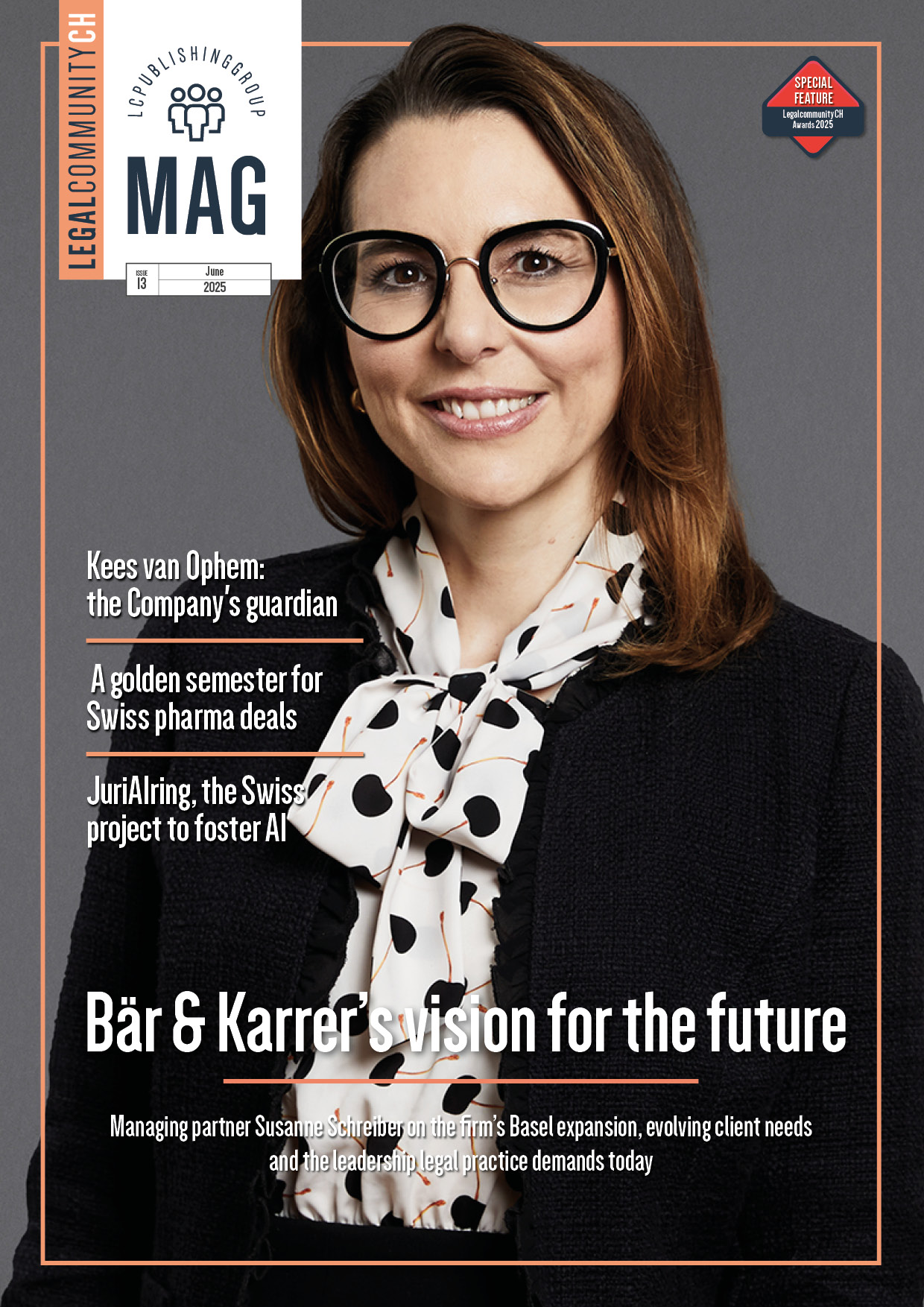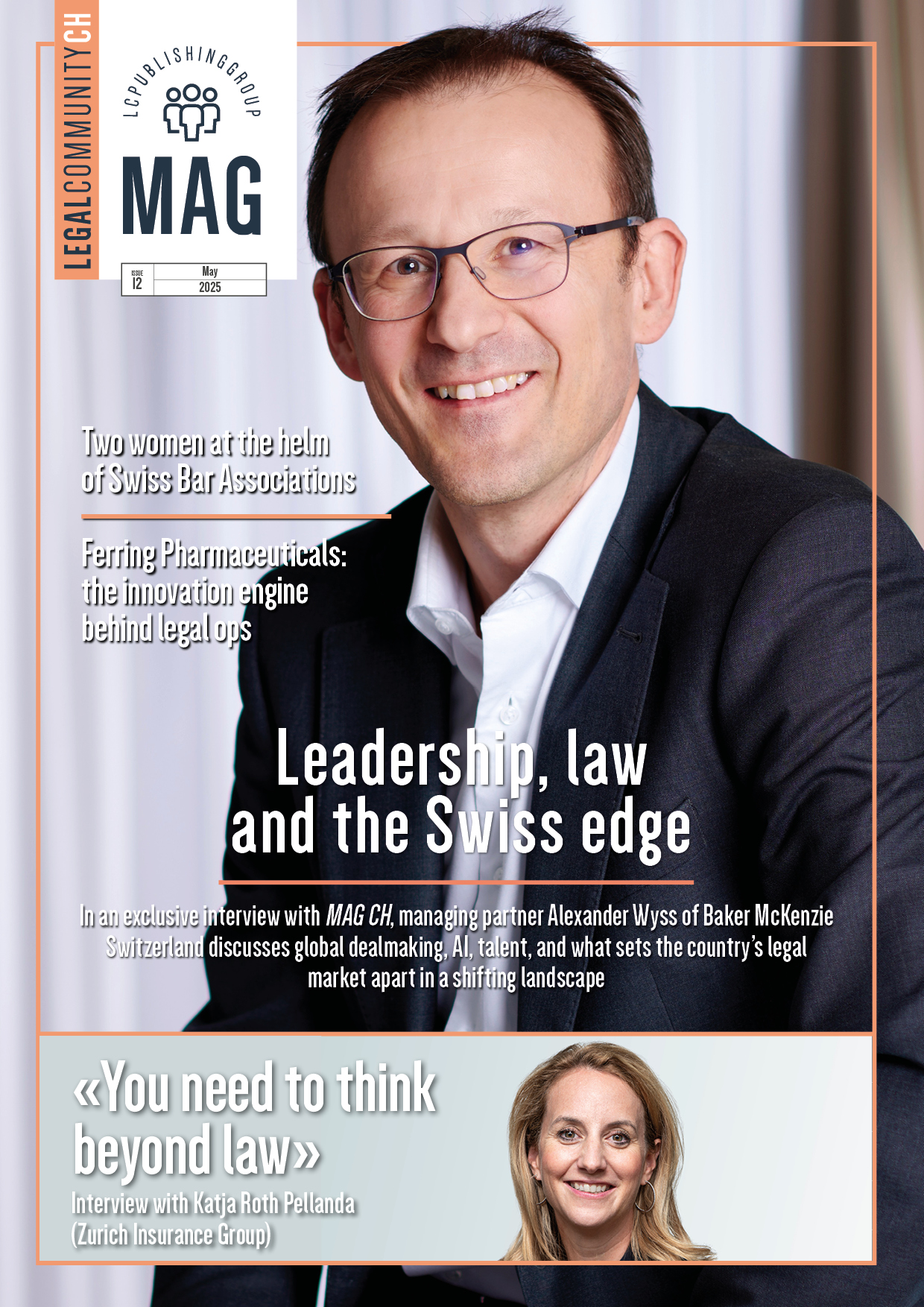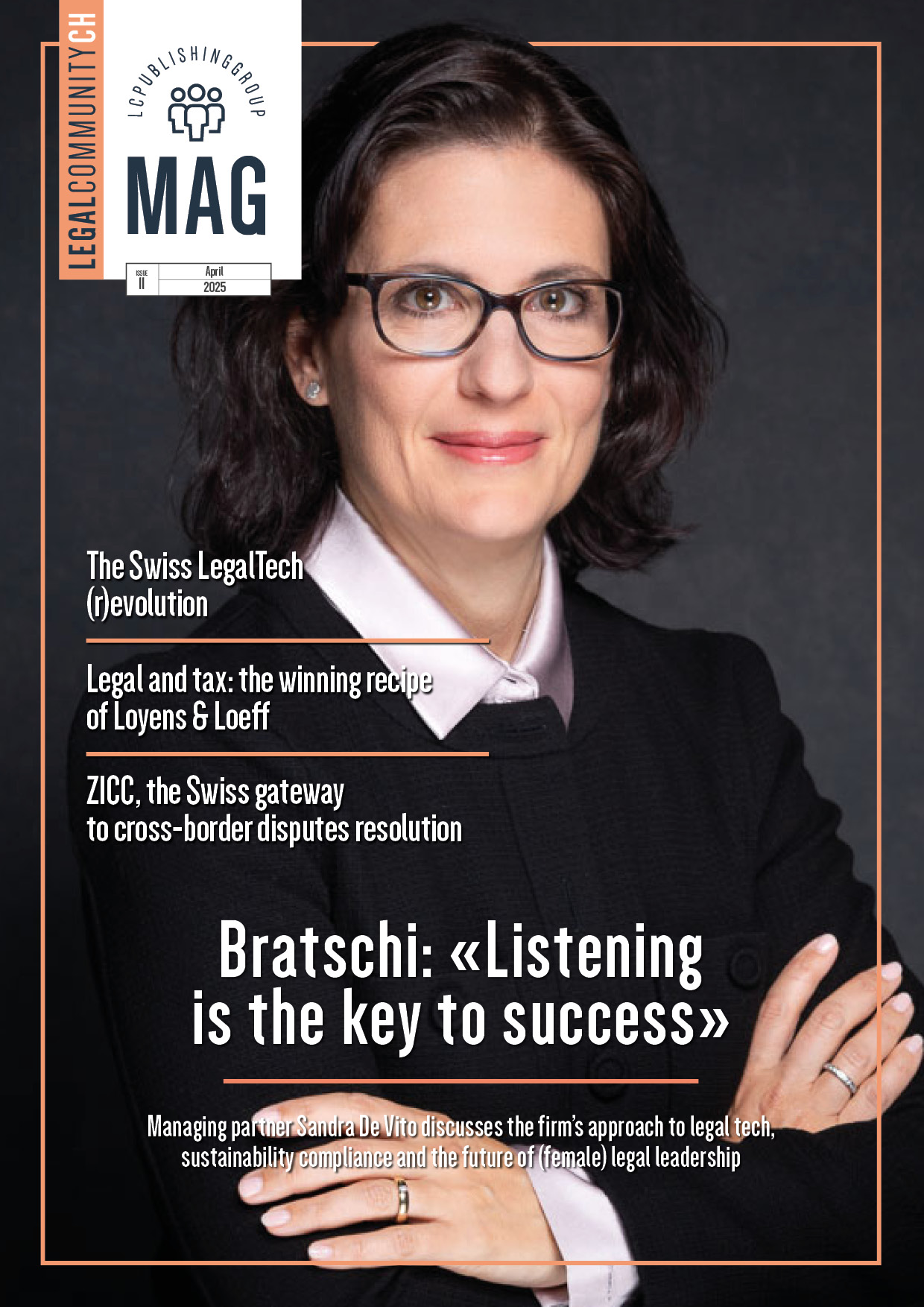Climate risk: an opportunity for insurance sector
With climate change becoming concrete, the climate risk needs to be addressed also in a legal perspective. In defining the risk, it’s interesting to notice how this may affect asset, results and reputation. That’s why this pilot project is crucial in the current times. « At PwC it has been a pleasure to be part of this exciting project and to have had the chance to contribute to the continuous efforts towards understanding and assessing climate risk impact and ultimately towards a more resilient insurance industry», Antonios Koumbarakis, head strategic regulatory & sustainability services, legal, PwC Switzerland, tells Legalcommunity.ch.
First of all, could you tell us in detail the pilot project you’re working on?
The pilot project is an initiative by the United Nations Environment Programme Finance Initiative (Unep Fi) Principles for Insurance (Psi) on developing sound methodologies and piloting a climate risk assessment approach for insurance companies. PwC is supporting a group of leading insurers and reinsurers from across the globe, which are collaborating to explore and pilot methodologies that insurers can use towards implementing the recommendations of the FSB’s Task Force on Climate-related Financial Disclosure.
What’s the overall aim?
The pilot project aims to contribute to the development of consistent and transparent analytical approaches that can be used to identify, assess and disclose climate change-related risks and opportunities in insurance portfolios in a forward-looking, scenario-based manner. This PSI-TCFD pilot project focuses on the assessment of climate change-related physical, transition and litigation risks in the insurance context.
In what areas PwC is supporting the project?
Leveraging on our experience and strong network, PwC is supporting the pilot group in the role of advisor on developing the analytical tools and frameworks to test innovative approaches to climate risk analysis. Our support includes advising on the selection of relevant climate scenarios and definition of project priorities, consultancy for the development of heat maps, description of cause and effect mechanisms.
From a legal perspective, how could be defined the “climate risk”?
Climate risk can be defined as any event related to climate change that, if it occurs, may potentially have a considerable material impact on the value of an asset, financial return and results or reputational damage. It is considered as part of the broader ESG risk or sustainability risk, which consists of other environmental risks (such as biodiversity risk), social and governance risks. As climate risk can have significant implications for the financial industry, it needs to be identified, assessed, managed, monitored and reported accordingly.
What are the key indicators to identify the climate risks?
Climate risks can take the form of physical, transitional and litigation risks. Moreover, climate risks materialize as one of the established risk types within the financial risk management framework such as market risk, insurance risk or credit risk. Identifying climate risks is key to ensure its proper management and pricing. Key factors to consider for the identification of climate risks include assessing risk materiality, analysing possibly impacted locations and jurisdictions, defining different time horizons and modelling performance under scientifically based future scenarios.
And in what areas do the risks apply?
Climate risks have significant implications for a variety of areas and sectors and can potentially materialize to substantial financial losses. Certain real economy sectors such as energy and agriculture are especially exposed to climate risk. The insurance sector will also be directly and indirectly impacted by climate risks, for example within the underwriting business, but also on corporate level such as through its own disclosures and duties towards investors.
Why do you think sustainability is gaining more and more attention of insurance companies?
In fact, sustainability has always been a fundamental part of the insurance industry as insurance companies are required to think long-term by nature. Now, with climate change becoming more and more apparent, the insurance industry is among the first ones having to deal directly with the consequences. Whether it is increasing severe physical damage due to extreme weather events, risks coming with the transition to a low-carbon economy, or the rise of climate-related litigation risks, the proper management of sustainability risks has long since ceased to be a mere “nice to have” for insurance companies…
So, what’s next?
It is also a question of what will be insurable in the future – a question that the financial industry is urged to address today. This includes also climate-related opportunities to be seized by the insurance industry, such as enhanced resilience and the creation of new services and products. Therefore, insurance companies can only benefit from approaching sustainability topics comprehensively
As PwC, what will be the key points to support the ESG transformation?
Our goal is to not only to help our financial clients to be compliant with the increasingly emerging regulation on Sustainable Finance, but also to seize the enormous strategic opportunities it brings. We further aim to support our clients in understanding also the indirect implications and interconnectedness of the diverse sustainability aspects in order to approach ESG topics strategically so it can unfold its full, real-world impact. In addition, we at PwC also want to assume our role as a corporate citizen aiming to actively shape the future of our planet and society.
What will happen once the pilot will be completed?
Once the pilot is completed, a final report will be published containing the key findings and insights, including the results of the financial analysis on the case studies and more insights.
What results do you expect?
We hope the report will encourage a further discussion on climate risk assessment in the insurance industry and continuous development of the presented methods and frameworks. In particular, as assessing litigation risk exposures is currently still at an early stage, the project aims to contribute to the further development of the presented results and to provide insurers with beneficial insights on approaching this highly important topic.
THE INTERVIEW IS ALSO AVAILABLE IN OUR MAGAZINE MAG.
















